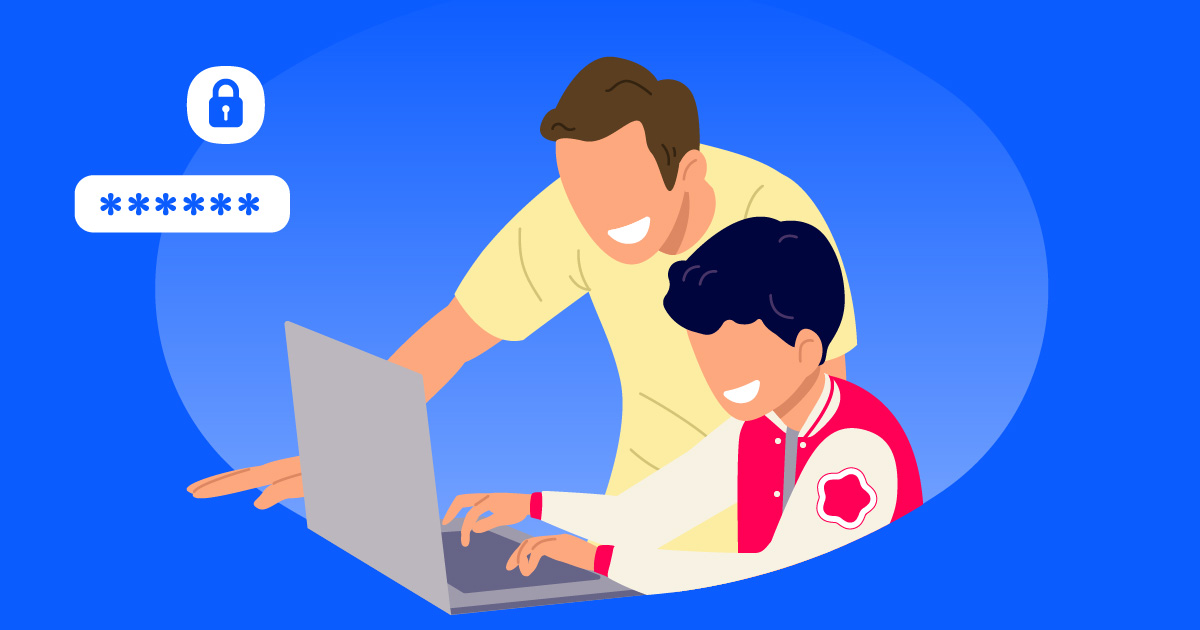
Zoom’s security journey: Our 2024 bug bounty year in review
Zoom’s Bug Bounty Program incentivizes the discovery and responsible disclosure of security vulnerabilities. Here's a look at the past year's highlights.
Updated on February 06, 2023
Published on February 07, 2023


Want to talk about it?
Many parents find that question on their lips for countless reasons. School, issues with other kids, and — hopefully — online safety. The latter is an increasingly important topic in today’s world, where kids use the internet to stay connected, bond with their peers, and learn new things. That’s why this year’s Safer Internet Day theme is dedicated to making space for conversations about life online.
But we know that’s not always a conversation that comes naturally, so we’ve put together a handful of tips and helpful insights that parents can use when talking to their kids about how to safely use Zoom.
While kids under the age of 16 are not permitted to have their own Zoom accounts, Zoom for Education is widely used by schools to teach students virtually. Whether your kid is using Zoom or any internet-based application, it’s important to talk with them about online safety just like you would talk about physical safety. These conversations should teach kids how to identify issues online when they occur, and what they should do if something happens. A few tips for talking about online safety and Zoom:
Understand how Zoom is different from other technology
Teachers can create an engaging digital learning environment via Zoom Meetings, help students catch up on missed lessons through cloud recording, and encourage creativity and collaboration with Zoom Whiteboard. While Zoom can mean a lot of things to today’s kids, it is not a social media platform. Our platform does not have public text feeds or posts, and does not use algorithms to show you content. While schools or parents may also choose settings that allow users to store chat, meeting, or other content, communications on Zoom mostly live in the moment and are not indexed or publicly searchable.
If you allow your child to stream content from Zoom to other sites that use feeds and algorithms to promote content, those platforms enforce their content rules — which schools, parents, and children will need to follow.
Know what constitutes abuse
It’s important to explain to kids that a virtual environment shouldn’t change their actions. An online classroom has the same rules as a physical classroom — speak when you’re called on, be kind to other students, and respect others.
At Zoom, our “classroom rules” to follow are our Acceptable Use Guidelines (AUG), which prohibit the following behaviors for all of our users:
Help prevent abuse
When educators set up meetings that will include children, it’s important that everyone understands the features available to help secure these sessions. A few of those features include:
You can find a list of other in-meeting security features here.
Act when abuse occurs
Every year, Safer Internet Day serves as a reminder that it’s on all of us to help keep kids safe online. It takes the efforts of technology providers, education customers, regulators, parents, kids, and everyone in between to create a secure and safe environment.
We at Zoom want to do our part to help make the internet a safer place, and we know that starts with offering relevant features and updated policies to put the right guardrails in place. That way, when parents have those online safety talks with kids, they know what to tell their children to help keep them safe.
To learn more about Zoom’s Trust & Safety practices, visit our Safety Center. And check out our Parent & Student’s Guide to Using Zoom for Learning page for further tips and guidance on how to get started with Zoom.